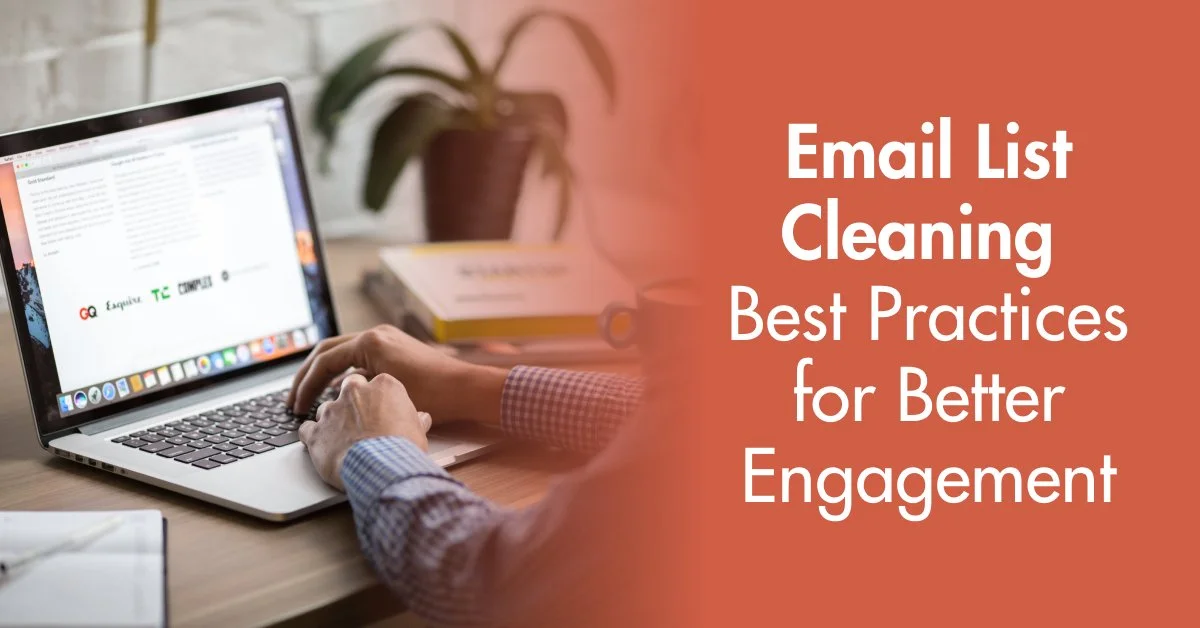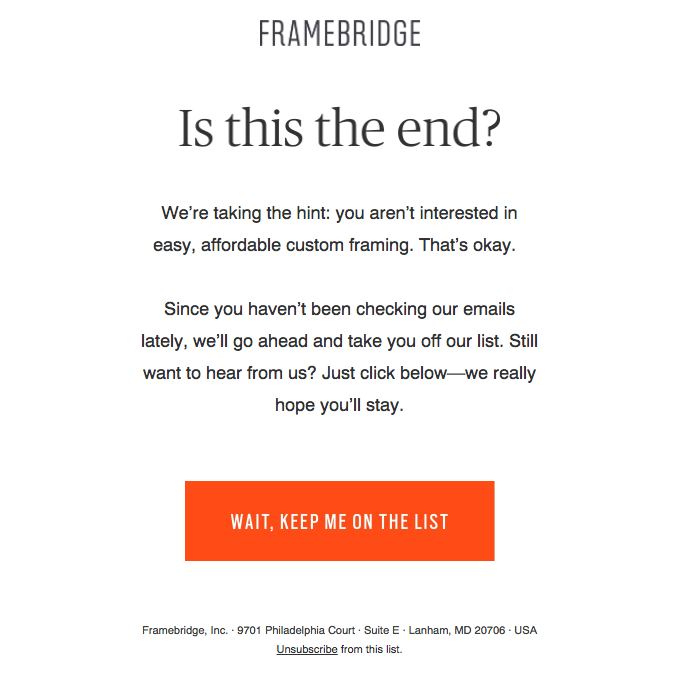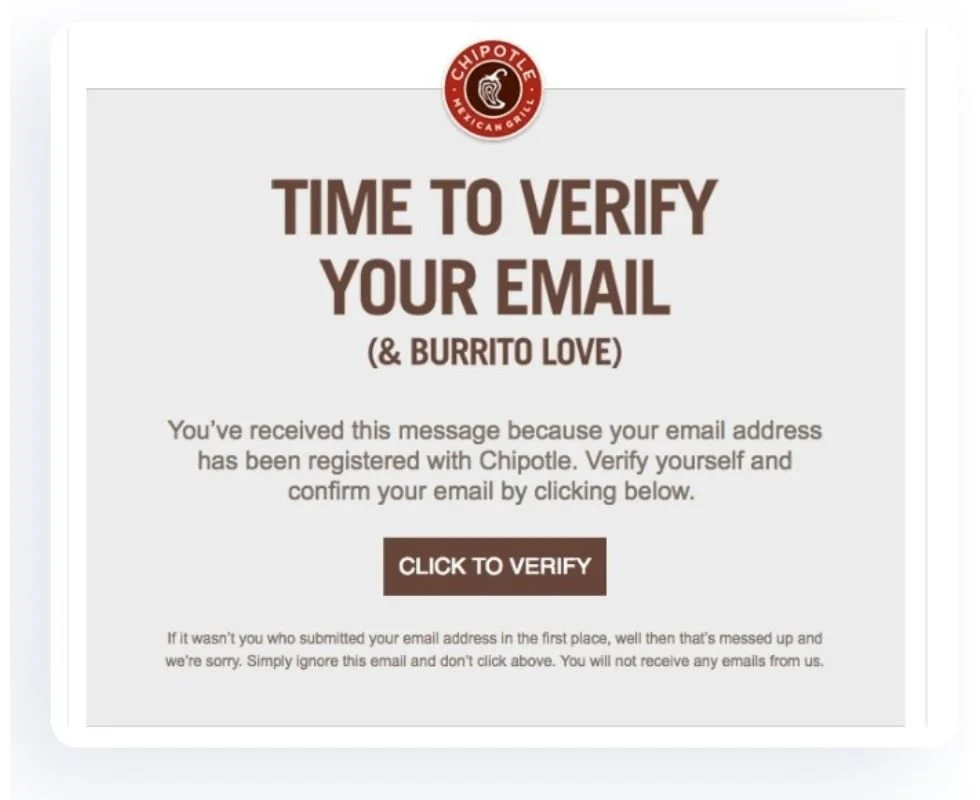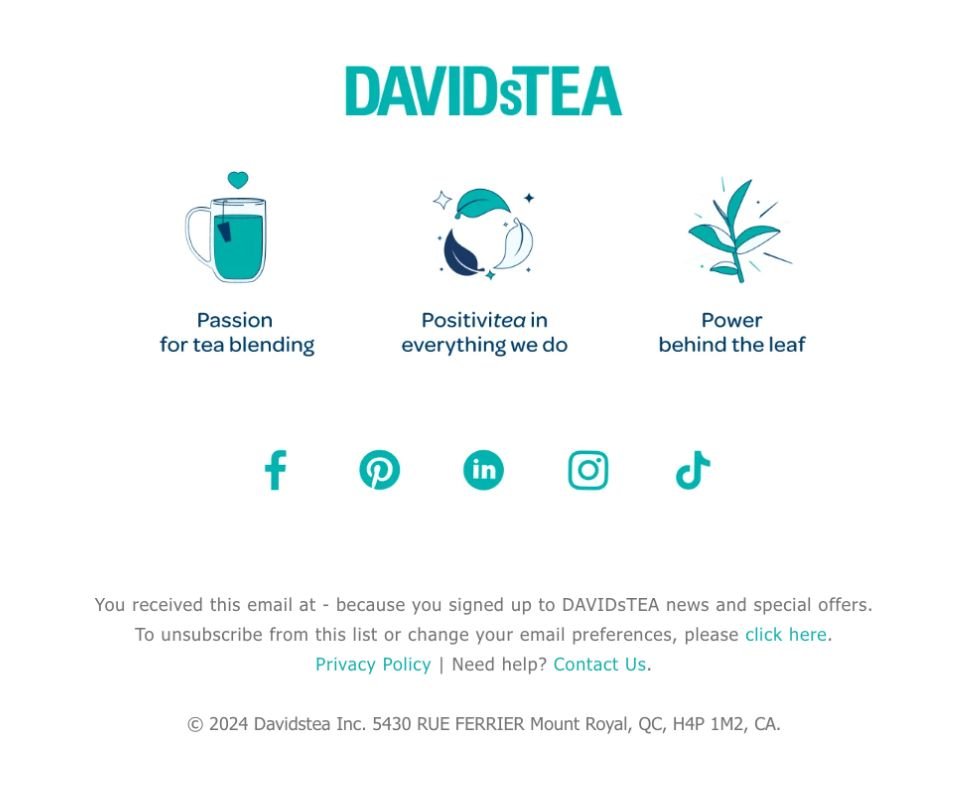Maintaining Email List Health: Top 5 Tactics for Effective List Cleaning
As a new year begins, we all want to kick off with a clean slate, and the same should go for your marketing strategy. But contrary to belief, a large subscriber base (likely bolstered by new BFCM and holiday shoppers) doesn’t necessarily equate to higher engagement.
An average of just 17.61% of marketing emails get opened. But with 99% of people checking their emails every day, there’s no reason for you to be missing out on skyrocketing open rates.
There's still no guarantee your emails will stand out, you need a fine-tuned campaign strategy for this, but the health of your email list also plays a big role in the effectiveness of your campaigns.
This comes down to the so-called “cleanliness” of your list. So what is list cleaning? How do you do it? And what are the best practices for streamlining this task? Keep reading as we get into all this and more.
What is Email List Cleaning?
Email list cleaning, often referred to as email scrubbing, involves removing inactive, incorrect, or unengaged subscribers from your email marketing lists. This process is essential for maintaining a high-quality subscriber base, reducing bounce rates, and improving deliverability.
The Importance of Email List Hygiene
A clean email list means your messages reach genuinely interested subscribers, leading to better engagement.
Regularly cleaning your list improves the health of your account and doesn’t let all the hard work and effort put into your campaigns go to waste by boosting open rates, click-through rates, and ultimately, conversions.
List cleaning also protects your sender reputation, ensuring ISPs see your emails as desirable and not spam. Landing in spam boxes is like pouring water on a digital bonfire for your email marketing efforts.
How Often Should You Clean Your Email List?
The frequency of email list cleaning can vary (some accounts might show more obvious signs of needing a good cleaning, like if bounce rates are high or open rates are suspiciously low). But a good rule of thumb is to conduct a thorough scrubbing at least once every six months.
If your email marketing campaigns are frequent and your list is dynamic, a quarterly review might be more appropriate.
Our Top 5 Email List Cleaning Tactics
Identify inactive subscribers and re-engage
Identify and remove any subscribers who haven’t opened, clicked, or been active on the website in the last 180 to 365 days. This helps focus your efforts on active, engaged users only.
First, implement a Winback Flow aimed at re-engaging lapsed customers. The next step for customers who still haven’t engaged is to set up a Sunset Flow as a final effort to rekindle their interest. See below examples of Winback and Sunset email flows from Melusine Studio and Framebridge, respectively. Our top tip for this automation is to be as transparent as possible. Let your recipients know that you’re planning to remove them from your list if they don’t respond. You can offer a discount to sway them to stay subscribed. If they remain unresponsive, you can then safely remove or suppress them from your list.
Define “inactive” subscribers based on your email frequency—for instance, three months of inactivity for daily senders or six months for monthly senders. The Sunset Flow should then target these inactive subscribers.
For a step-by-step guide on creating an effective Sunset Flow, including setting up the necessary segments, check out Klaviyo’s guidelines here.
An example of Sunset Email from Framebridge
2. Implement Double Opt-In
Give potential subscribers the chance to confirm their email address before being added to your list. It reduces the chances of fake sign-ups, bots, and email scams, lowers the bounce rate, and boosts engagement, as you should hope you’ll only get confirmations from audiences who are genuinely interested in your brand or content.
An example of double opt in from Chipotle
3. Improve your segments
Don’t forget that segmenting is also part of your list health. Be sure to break your list down into smaller, targeted segments based on subscriber behaviours, allowing for more personalised customer journeys and boosted engagement. Segmentation also divides your email list into multiple mini-lists, making it more structured.
Learn more about how to identify unengaged subscribers in your email list and create a segment dedicated to them.
Image source: Klaviyo
4. Use a List Validation Tool
Email validation services can automatically check the validity of the email addresses on your list for you. These tools help identify and remove invalid, risky, or non-existent email addresses so you don’t have to. We recommend Kickbox and Emailable if you need help boosting deliverability.
5. Take advantage of your unsubscribe button
Making your unsubscribe buttons visible can help you improve your email list-cleaning efforts and give your disengaged audience a speedy exit. Most email marketers include unsubscribe links in the footer, but you can move them above the fold to speed up the process.
One of the simplest ways to keep your email list clean is to allow disengaged subscribers to opt out. Keep in mind that if a subscriber intends to unsubscribe but can’t easily find the exit, they are more likely to mark your emails as spam, which can wreak havoc on your sender reputation. Take a look at this example from Davids Tea.
Final Thoughts
Maintaining a clean email list goes beyond best practices; it's a cornerstone for a successful marketing strategy, but still one that is often overlooked. You want your content to reach an audience that values it and engages with it. Chasing a huge subscriber base could cause more damage than good to your account if your sign-ups are saturated with one-time buyers just seeking a welcome discount or flash offer. Quality over quantity couldn’t resonate more here.
A well-maintained list, combined with a robust email marketing strategy, keeps engagement rates high but also unsubscribes and spam complaints at bay to boost revenue and sender reputation.
Book a call with us today for more information on how to improve your email list health.








